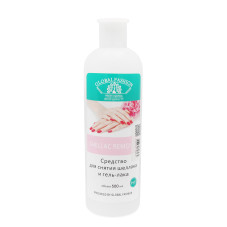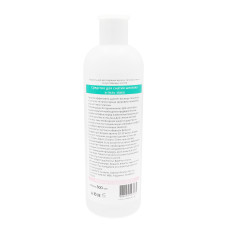Filters
Color
Density
Effect
When it comes to nail extensions, remover is a necessary tool. Whether you’re removing liquid nails or nail extensions themselves, the right remover can make the process quick and painless.
One of the most common types of remover is acetone. This is a harsh chemical that can dissolve even the strongest adhesives, like liquid nails. Acetone may also be used to remove gel or acrylic nail extensions.
To use acetone, simply soak your nails in a bowl of the solution. You can also soak cotton balls in acetone and place them on each nail, securing them in place with aluminum foil. Leave the acetone-soaked nails alone for 10-15 minutes before attempting to remove the extensions or nails.
Another type of remover that’s becoming more popular is non-acetone. These removers are gentler on the nails, but may not be as effective at breaking down adhesives. If you’re removing nail extensions, there are special non-acetone solutions designed for this purpose.
Like with acetone, you can either soak your nails or use cotton balls to apply the solution. Non-acetone removers may require a longer soak time, so be patient and don’t try to force the extensions off before they’re ready.
It’s important to properly care for your nails after using remover. Both acetone and non-acetone removers can strip the nails of natural oils, leaving them brittle and prone to breaking. Apply a moisturizing nail oil or cream to keep them hydrated and healthy.
In conclusion, remover is an essential tool for anyone who regularly wears nail extensions or uses liquid nails. When using remover, choose a product that’s appropriate for the type of adhesive you’re trying to remove, and be patient during the process. With a little care and attention, your natural nails will be looking and feeling their best in no time.













